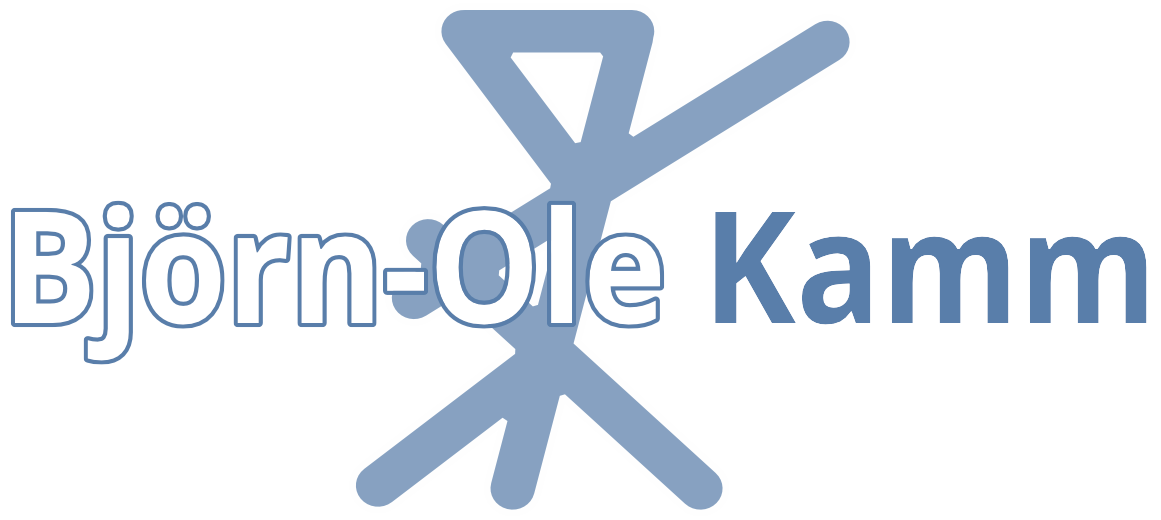Larp Learning-Effects and their Broader Communication
Roundtable @ Solmukohta 2016: Seeking an exchange of ideas on evaluating larp learning-effects and a critical discussion concerning their presentation to “outsider” stakeholders, this panel combines short talks with a panel discussion on larp as a method for learning, practical forms of debriefings and evaluation, the role of emotions, the function of such debriefings and mentalisation in learning as well as specific strategies for visualising larp learning-effects.
Especially in formal learning and study environments, such as schools or universities, but also in light of artistic larps with an explicit message, the demand surfaces to verify the learning gained by those participating in a given larp, be it “mere” knowledge about a portrayed time period and/or understanding of other people’s situations and viewpoints (e.g., Karalevich and Springenberg 2010; Kangas 2014). Particularly the aim to foster understanding can hardly be translated into the “hard numbers” or statistical visualisations teaching committees and funding organisations request.
Østerskov Efterskole has shown that its education meets national standards and its students even score in some subjects above the national average in final exams (Gjedde 2013, 195). In environments where neither such comparisons exist nor exams are part of the setting, satisfying the “hard numbers” paradigm becomes more difficult.
This roundtable features three talks concerning the practice, theory, and evaluation of learning-effects in larps. Dirk Springenberg talks about educational larps and Alternate Reality Games (ARGs) and different methods of debriefing after such games (“Learning through Emotions”). Lauri Lukka follows with theories on learning with a focus on mentalisation skills (cf. Bateman and Fonagy 2010), for which role-playing appears as a most suitable method of training (“You Do Not Learn by Larping”). Finally, Björn-Ole Kamm introduces a mixed-method strategy named Personal Attitude Construct (PAC) analysis (Naitō 2003), which combines in-depth interviews with statistical clustering and visualisations in order to communicate individual experiences (“PAC Analysis as a Tool for Evaluating Larp Learning”).
Keywords: academic larp, evaluation, learning effects, mentalisation, PAC analysis
Material: Script of B-O. Kamm’s presentation.
Time & Place: March 12, 2016, Room 20-21, 10:00 – 11:45 (Solmukohta 2016)
Literature
Bateman, Anthony, and Peter Fonagy. 2010. “Mentalization Based Treatment for Borderline Personality Disorder.” World Psychiatry 9 (1) (February): 11–15.
Gjedde, Lisa. 2013. “Role Game Playing as a Platform for Creative and Collaborative Learning.” In Proceedings of the 7th European Conference on Games Based Learning Porto, Portugal 3-4 October 2013. Vol.1, edited by Paula Escudeiro, 190–197. Reading: Academic Conferences and Publishing International Limited.
Kangas, Kaisa. 2014. “Bringing the Occupation Home.” In The Cutting Edge of Nordic Larp, edited by Jon Back, 55–67. Gråsten: Knutpunkt.
Karalevich, Alexander, and Dirk Springenberg. 2010. “1943 – An Educational Larp Model?” In Playing Reality, edited by Elge Larsson, 121–127. Stockholm: Interacting Arts.
Naitō Tetsuo. 2003. PAC bunseki-jisshihō nyūmon: “Ko” wo kagakusuru shingihō he no shōtai [Introduction to Practical PAC Analysis: An Invitation to a New Scientific Method for Single Cases]. Kyoto: Nakanishiya.
